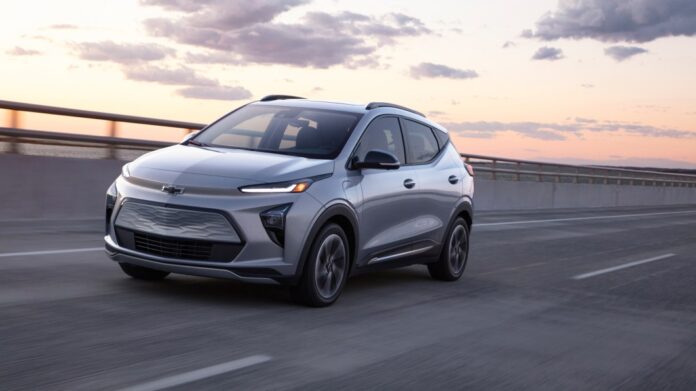The arrival of low cost Chinese electric vehicles has created a sense of urgency among traditional automotive manufacturers. This is leading them to rely on suppliers for lower battery costs cost cutting technology. This strategy is intended to accelerate the development of affordable electric vehicles, which are critical to compete against Chinese manufacturers.
According to Andy Palmer of U.K. startup Brill Power, the push towards affordable electric vehicles is being driven by the fear that expensive prices will lead to slowing demand for EVs. As a result, automakers like Stellantis are prioritizing cost reductions in order to achieve price parity with fossil-fuel models.
Exploring New Technology:
To achieve this goal, manufacturers are exploring various technologies to make electric vehicles more affordable. For example, OneD Battery Sciences is incorporating silicon nanowires into graphite EV battery anode material to reduce costs and improve performance. Similarly, Veekim developed an EV motor with magnets using a form of ferrite, cutting the motor’s price by 20%.
Consumer Reports finds 50% of the tested Electric Vehicles fall short of range advertised
The focus on cost reductions extends beyond the automotive industry. Companies like chip maker NXP and Siemens developing technologies to minimize the cost of electronic components and software simulation in EVs. This shift is driven by the need to compete with the arrival of lower cost EVs from China. Automakers need to take advantage of subsidies such as those found in the Inflation Reduction Act.
Both legacy and premium automakers are committed to developing more affordable electric vehicles. For example, GM is implementing an inexpensive battery pack with LFP batteries for their revamped Bolt EV, and Ford is increasing the “in sourcing” of parts to cut costs.
Innovative Solutions:
Suppliers are also playing a crucial role in reducing production costs. Companies like CelLink and Addionics are offering innovative solutions to replace wire harnesses and optimize battery materials, respectively. These technologies not only reduce costs but also provide faster charging and improve EV range.
The overarching theme across the automotive sector is a strong focus on lower battery costs, driven by the need to compete with Chinese manufacturers and meet the growing demand for affordable electric vehicles. This shift towards lower battery costs and cost effective technologies will likely shape the future of the electric vehicle market. This making more sustainable transportation more accessible to a wider audience.
